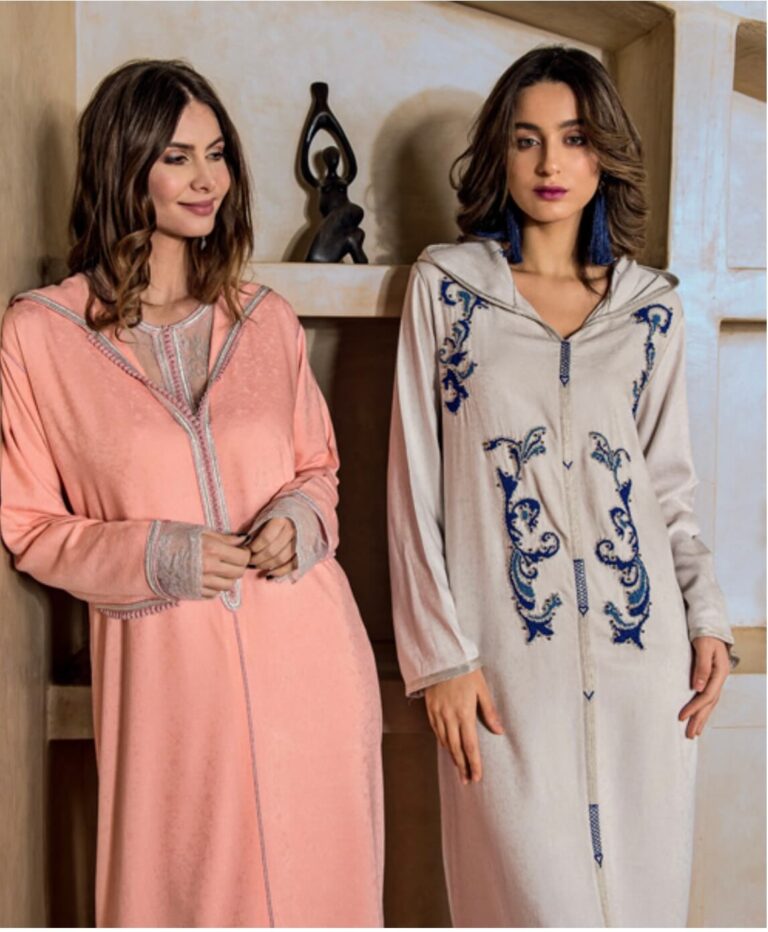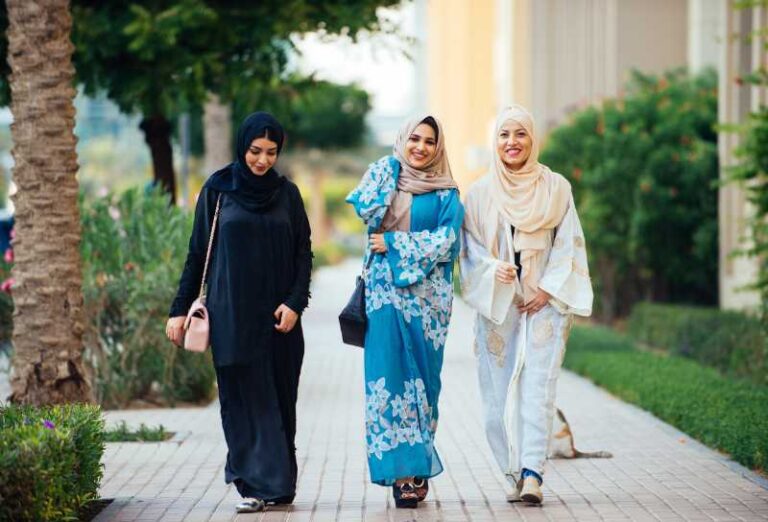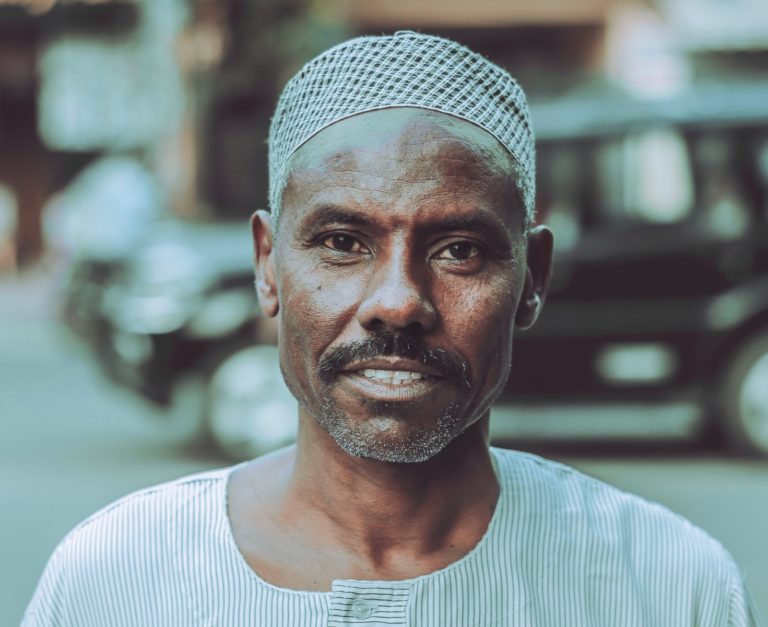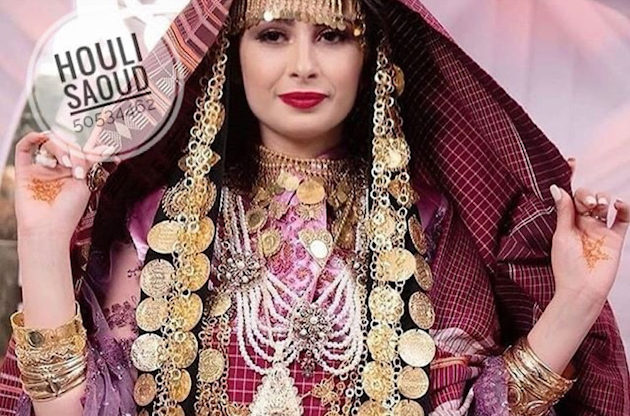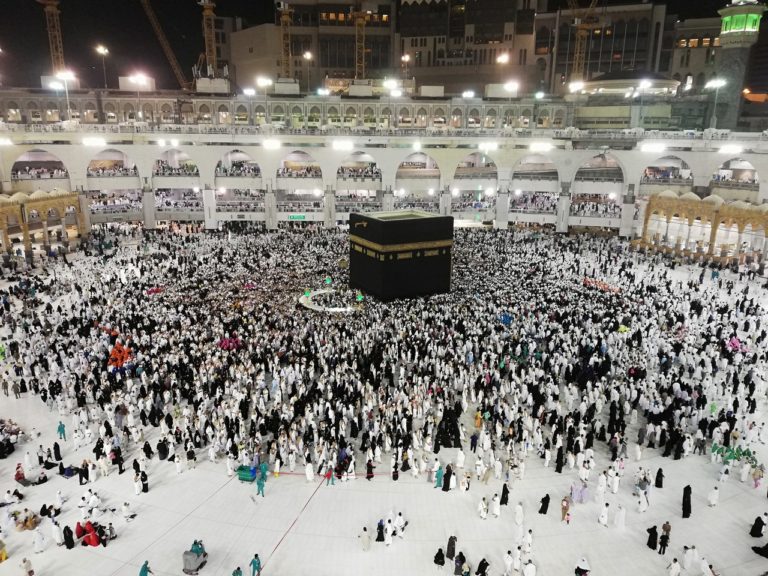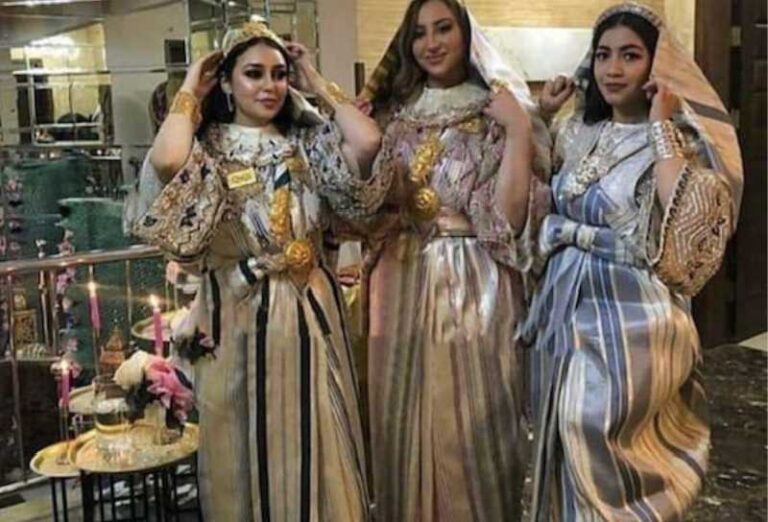Oman: Traditional Clothing
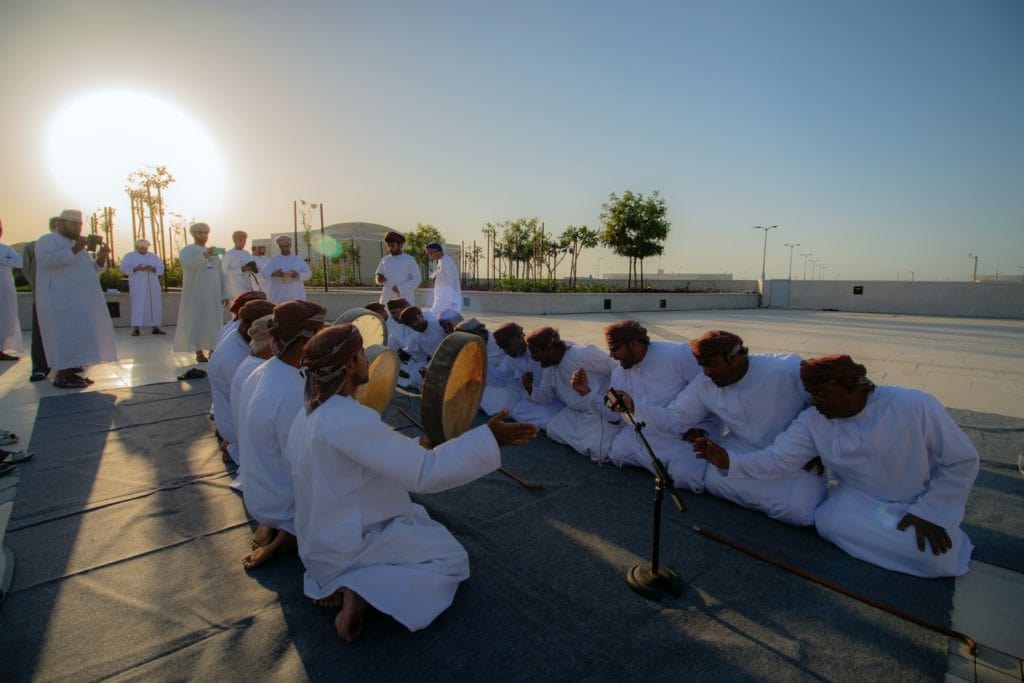
Oman’s culture, customs, and traditions are deeply rooted in the country’s Islamic heritage.
While this foundation unites Oman with other Gulf countries on the Arabian Peninsula, its unique heritage sets it apart.
In this article, we explore traditional clothing in Oman, both for men and women, shedding light on the influence of geography on attire.
Table of Contents
Traditional Men’s Clothing in Oman
Omani men’s traditional attire shares similarities with other Arabian Peninsula countries, particularly Yemen.It comprises three key pieces: a dishdasha, an underlayer, and a headcover.
Dishdasha:
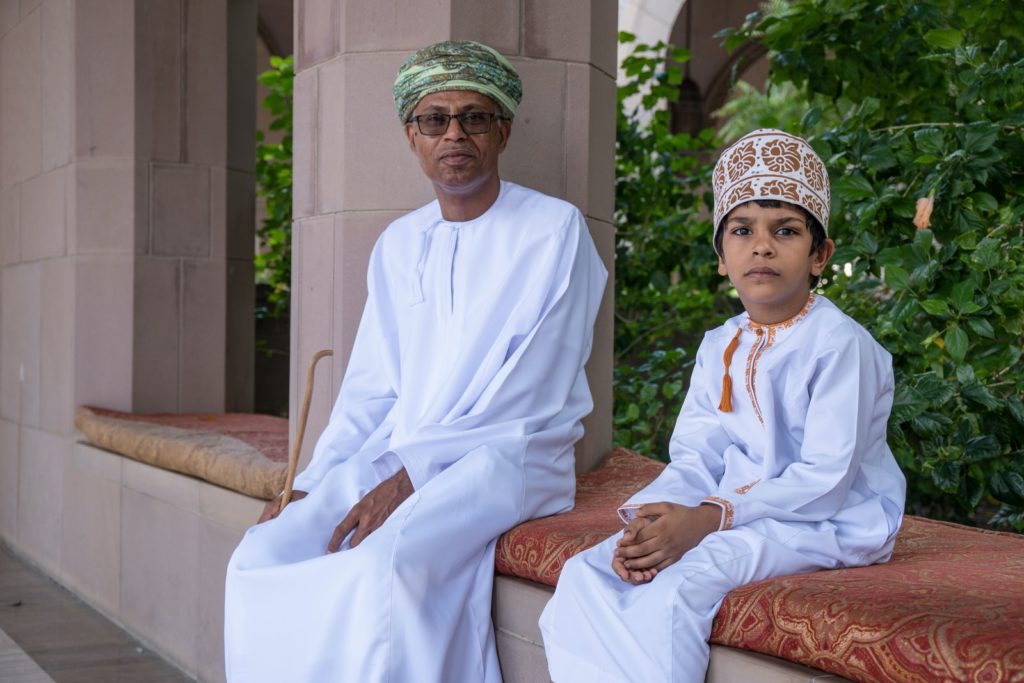
In urban areas with milder climates, men wear the dishdasha. It resembles a Western dress shirt but is longer, with long sleeves, side panels that widen towards the bottom, and various collar and neckline styles.
The front features a button placket. Traditional dishdashas are made from cotton, silk, or a blend for summer and plain wool for winter.
They are typically light-colored or plain white, adorned with a tassel known as furakha in the neckline.
Wizar:
Men wear a large cotton wrap called wizar beneath the dishdasha.
This wrap, measuring approximately five feet by three feet, is made from wool or pure white cotton.
It covers the area from the midriff to the calf when wrapped around the waist.
Headwear:
Omani men wear a small rigid skullcap known as a kuma, adorned with elaborate embroidery.
While some opt to wear just the kuma, it is often paired with a masser, a square wool scarf folded into a triangle and wrapped around the kuma like a turban.
Daggers – Khanjars:
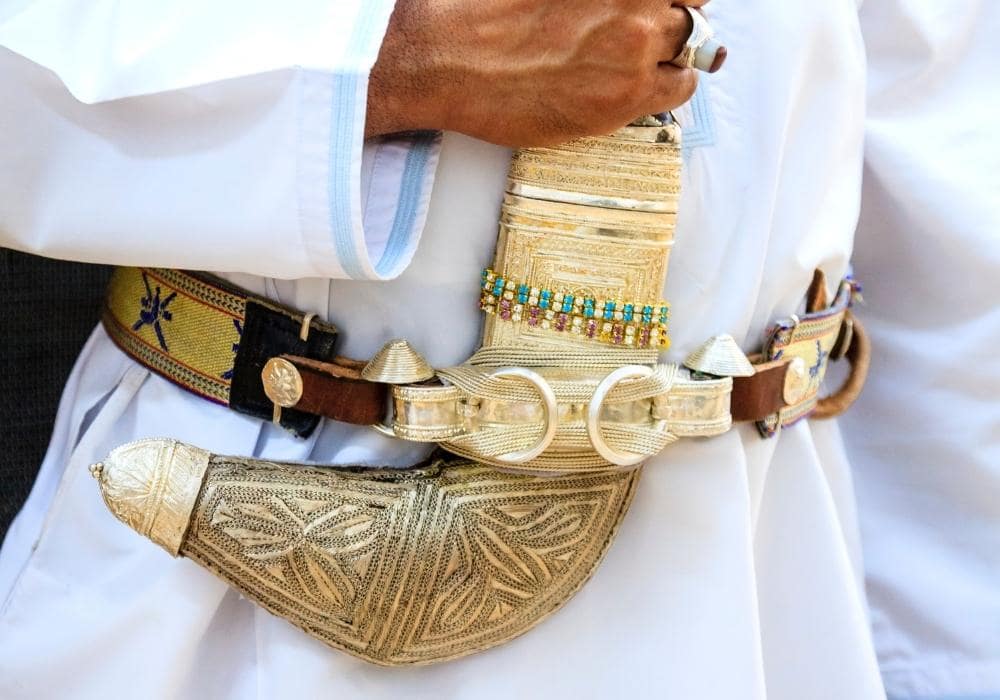
Completing the outfit, Omani men carry elaborately ornamented daggers called khanjars, symbolizing virility and honor.
These daggers are concealed in a sheath attached to an embroidered belt around the waist and are reserved for special occasions and holidays.
The placement of the dagger indicates a man’s social status, with upper-class men wearing it far to the right, middle-class men in the middle, and lower-class men to the left.
Nowadays, most men wear their daggers in the middle of the belt.
Traditional Women’s Clothing in Oman
In Oman, women traditionally donned a three-piece ensemble, characterized by intricate embroidery and vibrant colors.
The names and specifics of these garments varied across regions, reflecting a woman’s background and heritage.
Thawb or Dishdasha:
This loose tunic dress, extending either just below the knees or down to the ankles, is the first layer of the outfit. It features a round neckline with a front slit, long sleeves, and a soft A-line shape.
Sirwal:
Worn underneath the thawb, these loose trousers have cuffed ankles with buttons, giving them a puffed appearance.
Headscarf (Lihaf, Al-ghadfa, Waqaya, or Kanga):
The ensemble is completed with a light cotton headscarf, which can be wrapped to cover the hair or even conceal the face.
The kanga, with its interesting patterns and motifs, reflects Oman’s historical ties with Zanzibar and Tanzania.
This clothing is typically made from plain or printed cotton cloth, with intricate silk, satin, or velvet embroidery adorning the neckline, cuffs, and hems.
The complexity of Omani brocade, influenced by Indian styles, is particularly noteworthy.
Abaya:
The abaya, a black silky cotton robe, began gaining popularity in these areas. It is often paired with a long rectangular scarf, known as a shayla, to cover the hair and neck.
Jewelry and Accessories:
Omani women take great pride in their jewelry and accessories, which play a significant role in their traditional attire.
Intricately designed silver jewelry, such as bracelets, necklaces, and earrings, are worn to enhance the beauty and elegance of the outfit.
These adornments often feature unique Omani motifs and are passed down through generations, making them cherished family heirlooms.
Omani traditional clothing for both men and women represents not only a sense of cultural identity but also a celebration of history, craftsmanship, and values.
While it continues to be an essential part of daily life, it also serves as a testament to Oman’s enduring cultural heritage in an ever-changing world.

